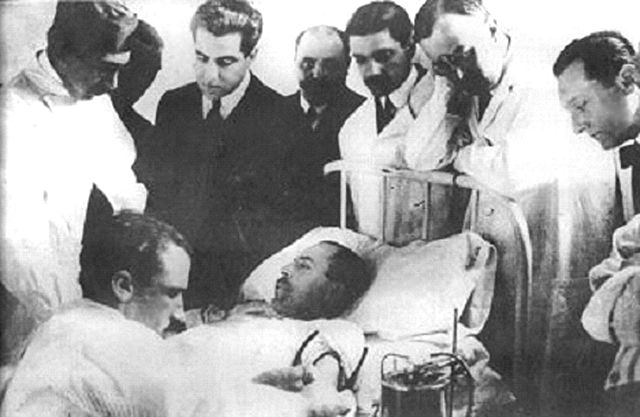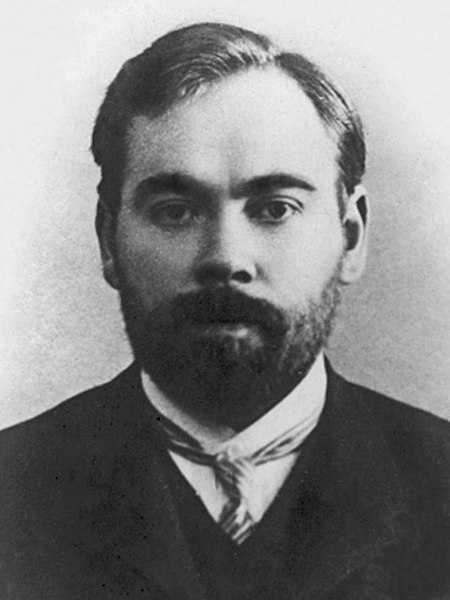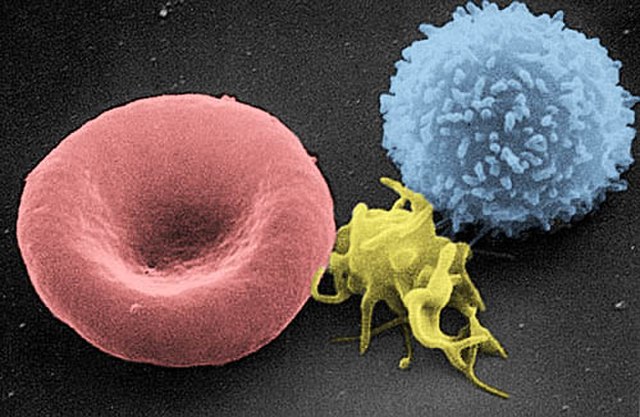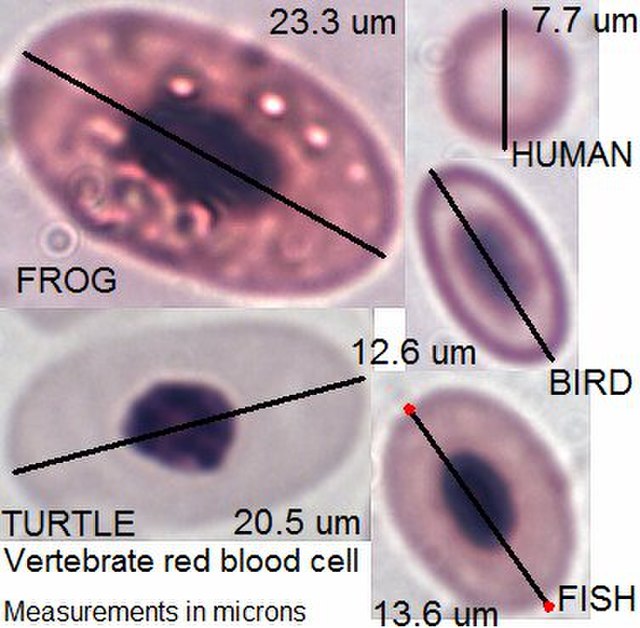A blood bank is a center where blood gathered as a result of blood donation is stored and preserved for later use in blood transfusion. The term "blood bank" typically refers to a department of a hospital usually within a clinical pathology laboratory where the storage of blood product occurs and where pre-transfusion and blood compatibility testing is performed. However, it sometimes refers to a collection center, and some hospitals also perform collection. Blood banking includes tasks related to blood collection, processing, testing, separation, and storage.
Blood bank in France
Luis Agote (second from right) overseeing one of the first safe and effective blood transfusions in 1914
World War II Russian syringe for direct inter-human blood transfusion
Alexander Bogdanov established a scientific institute to research the effects of blood transfusion in Moscow, 1925.
Blood is a body fluid in the circulatory system of humans and other vertebrates that delivers necessary substances such as nutrients and oxygen to the cells, and transports metabolic waste products away from those same cells.
Venous (darker) and arterial (brighter) blood
Two tubes of EDTA-anticoagulated blood. Left tube: after standing, the RBCs have settled at the bottom of the tube. Right tube: Freshly drawn blood
A scanning electron microscope (SEM) image of a normal red blood cell (left), a platelet (middle), and a white blood cell (right)
Vertebrate red blood cell types, measurements in micrometers








